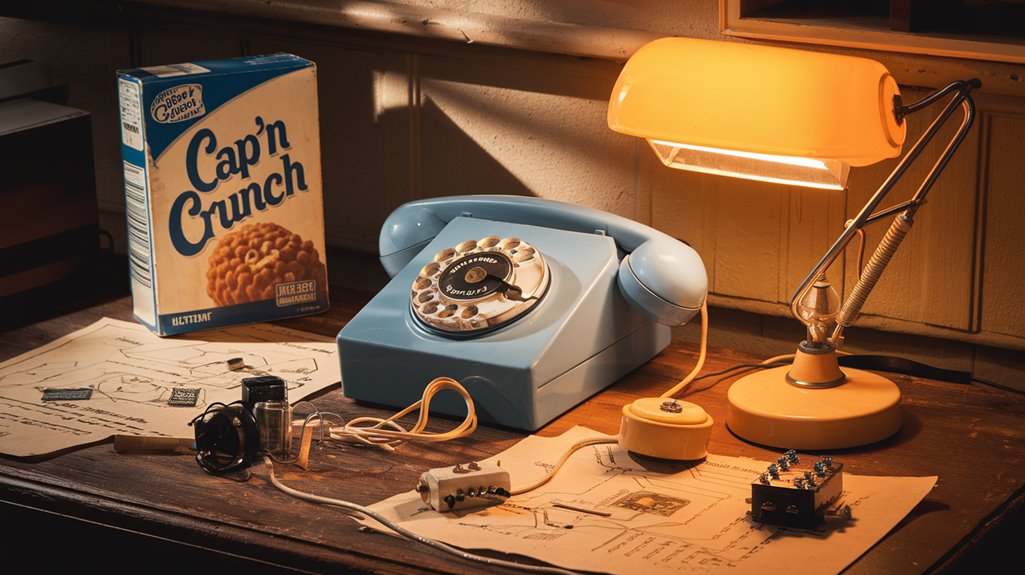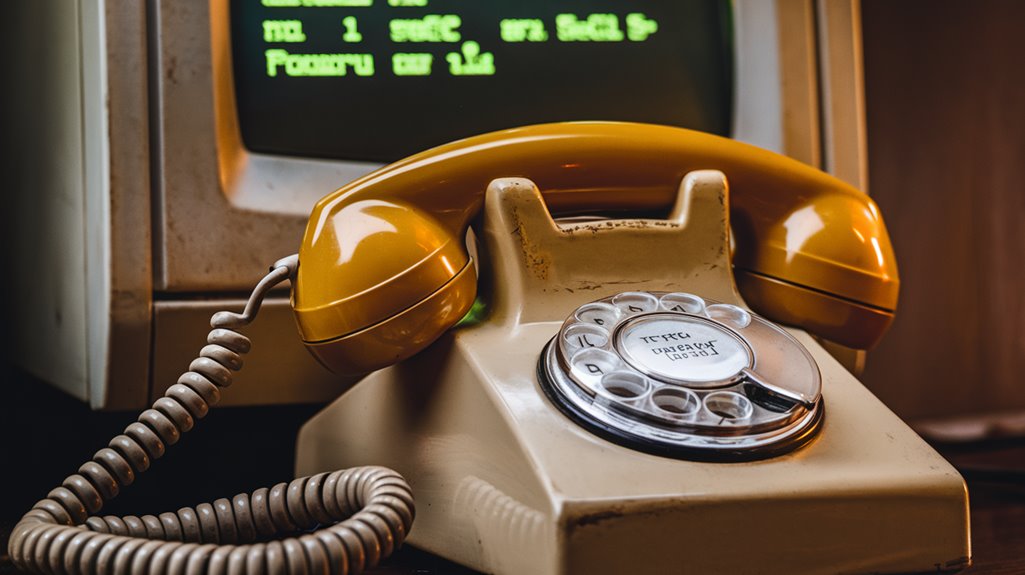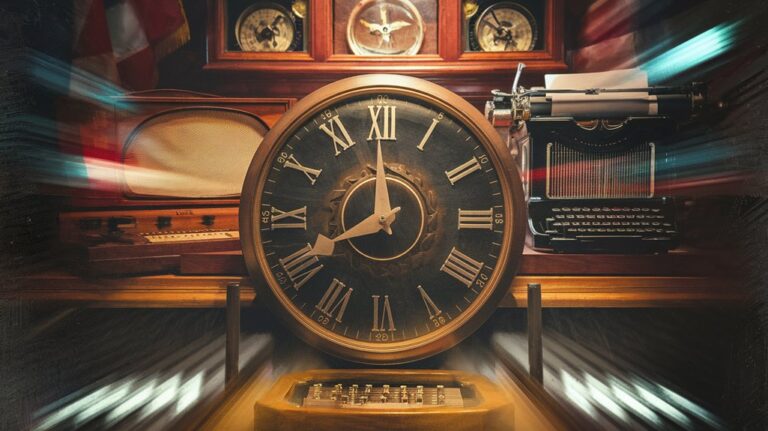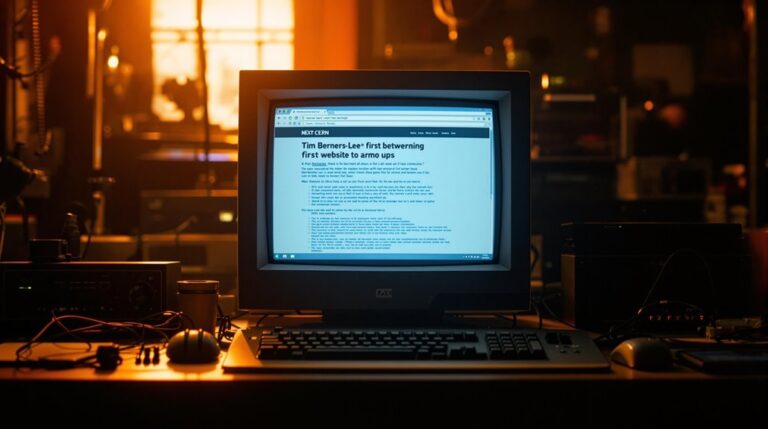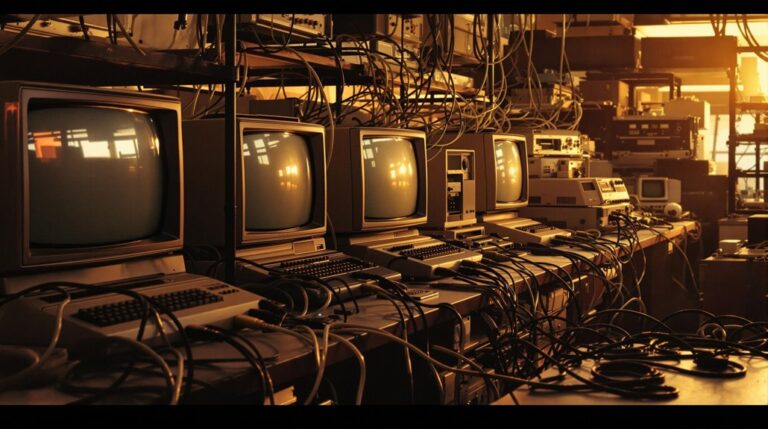Cap’n Crunch and the Birth of Modern Hacking
You've probably never thought of Cap'n Crunch as anything more than a sugary breakfast cereal, but in the 1960s, this simple product launched the modern hacking movement. Hidden inside boxes as a promotional toy, a small plastic whistle would unknowingly change the course of technological history. When blown at just the right frequency, this innocent prize granted free access to AT&T's entire phone network—and with it, the birth of digital exploration.
The Accidental Discovery: How a Cereal Prize Changed Technology
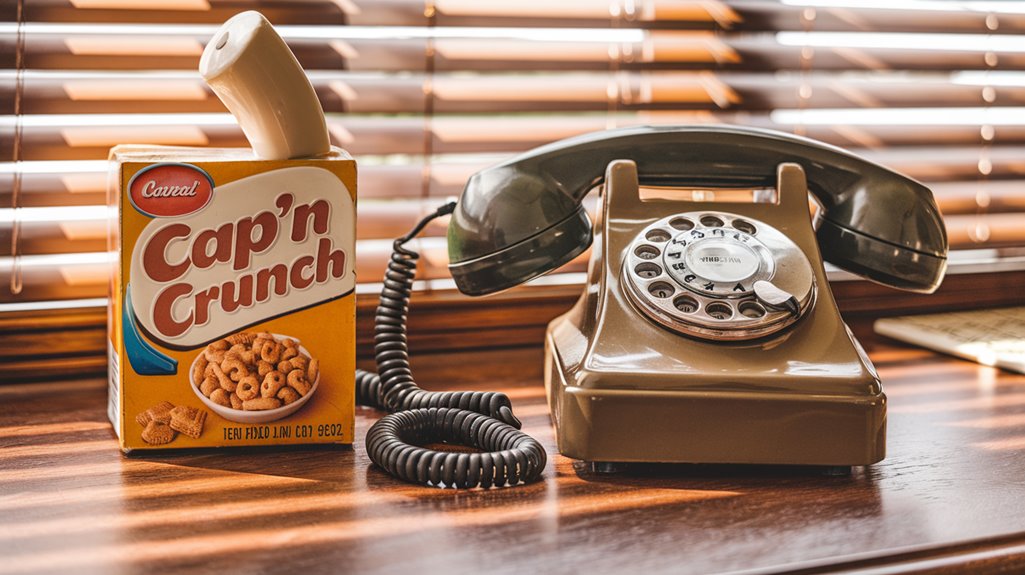
While many technological breakthroughs stem from deliberate research, one of history's most influential hacking tools emerged from an unlikely source: a children's cereal box.
In the late 1960s, what started as simple cereal marketing by Cap'n Crunch became an unexpected innovation that would shape the future of technology. The toy whistle's distinctive yellow and blue design became instantly recognizable to phone phreakers nationwide.
The seemingly innocent Bo'sun Whistle, included as a prize in cereal boxes, produced a perfect 2600Hz tone that could manipulate telephone routing systems. Even Steve Jobs acknowledged that Apple might not exist without Draper's pioneering work with the whistle.
You might've never guessed that this plastic toy would become a prized possession among early hackers, who discovered they could use it to make free long-distance calls.
This accidental discovery caught the attention of John Draper, who'd later revolutionize the hacking world by developing more sophisticated tools based on the whistle's principles.
Phone Phreaking: The Original Digital Revolution
The discovery of the Cap'n Crunch whistle's power marked the beginning of a technological counterculture known as "phone phreaking."
Before computers dominated the digital landscape, these early hackers explored and manipulated the vast telephone network, turning it into their playground. The pivotal moment came when Joe Engressia discovered that 2600 Hz tones could control phone systems. A simple toy whistle found in a cereal box would later allow free long-distance calls across the network.
The phreaking culture spread rapidly through universities and across continents, facing unique communication challenges along the way.
You'll find the movement's evolution marked by four key developments:
- The creation of "boxes" (blue, black, and red) to manipulate network signals
- The use of conference call circuits for underground community building
- The rise of BBSes and personal computers in the 1980s
- The transformation from network exploration to toll fraud after AT&T's breakup
Today's hackers owe much to these pioneers who first demonstrated how technical curiosity could reshape communication systems.
Captain Crunch: The Man Behind the Whistle
Born to an Air Force engineer in 1943, John Draper emerged as one of technology's most fascinating pioneers through an unlikely combination of military service, technical prowess, and a simple cereal box whistle.
You'll find Draper's journey into hacking culture began while working as a radio engineer and DJ in Cupertino. After discovering that a Cap'n Crunch cereal whistle could produce the perfect 2600 Hz tone for manipulating phone systems, he earned his famous nickname and sparked a revolution in technological exploration. He gained significant attention after he noticed blind children using the whistle to make free calls.
This cereal innovation led to his development of sophisticated "blue box" devices and eventual collaboration with tech legends like Steve Wozniak and Steve Jobs. His programming skills shone through when he created EasyWriter word processor during his work-release in 1979.
Despite legal troubles in the 1970s, Draper's expertise later proved valuable at companies like Autodesk and ShopIP, cementing his legacy as a foundational figure in modern hacking.
From Toy to Tool: The Technical Impact of 2600 Hz
Discovered by a blind seven-year-old boy with perfect pitch, the 2600 Hz frequency revolutionized telecommunications history when phreakers realized its power to manipulate phone systems.
This simple tone became the cornerstone of in-band signaling, exposing critical vulnerabilities in telephone networks worldwide. Modern telecommunications networks now rely heavily on out-of-band signaling to prevent exploitation. When AT&T investigated the issue, they found that phone phreaking fraud cost them approximately $30 million annually.
You'll be fascinated to learn how this single frequency transformed telecommunications:
- It could trick phone systems into thinking lines were idle.
- It enabled free long-distance calls through control signal manipulation.
- It sparked the creation of "blue boxes" for unauthorized system access.
- It forced the digital shift to more secure signaling methods.
The security concerns surrounding 2600 Hz ultimately led telephone companies to abandon in-band signaling in favor of digital systems like SS7, fundamentally changing how modern telecommunications operate.
Legacy of the Blue Box Era
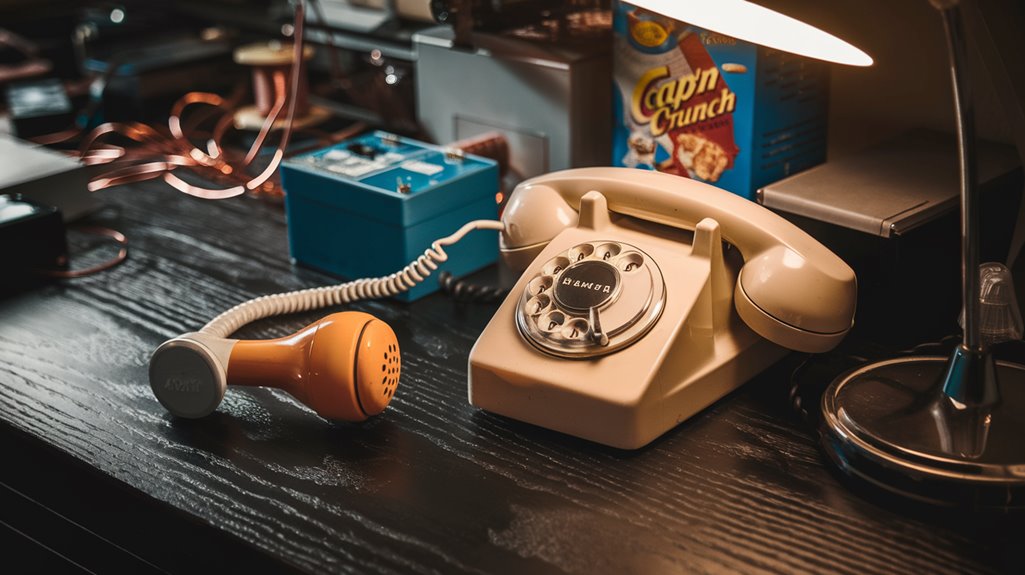
While technological innovation often stems from legitimate research, one of history's most influential hacking tools emerged from a simple cereal box whistle.
The blue box era transformed not just telecommunications but the entire landscape of technological exploration. In 1971, John Draper discovered this revolutionary hack using the Captain Crunch whistle to make free long-distance calls. Phone phreaking pioneers were among the first to demonstrate system vulnerabilities through creative exploitation. You can trace its impact through figures like Steve Jobs and Steve Wozniak, who turned their early blue box ventures into the foundation for Apple Computer.
The legacy extends far beyond hardware, raising ethical implications that still shape today's cybersecurity debates.
As telephone companies rushed to patch vulnerabilities, they inadvertently sparked an arms race between security professionals and hackers that continues in modern computing.
The era's influence resonates in current discussions about privacy, system security, and the fine line between technological curiosity and criminal behavior.
The Evolution From Phone Lines to Cyberspace
The humble phone line laid the foundation for today's complex digital landscape.
As telecommunications systems evolved from analog to digital, hackers adapted their techniques, exposing new digital vulnerabilities along the way.
You'll find that modern telecommunications security bears little resemblance to the simple exploits of early phreakers.
Early pioneers like the Phone Phreaks group explored and documented vulnerabilities in the Ma Bell network, setting the stage for future hackers.
This evolution created four major shifts in hacking methodology:
 John Draper had already demonstrated how vulnerable phone networks were by using a toy whistle to make free calls.
John Draper had already demonstrated how vulnerable phone networks were by using a toy whistle to make free calls.

